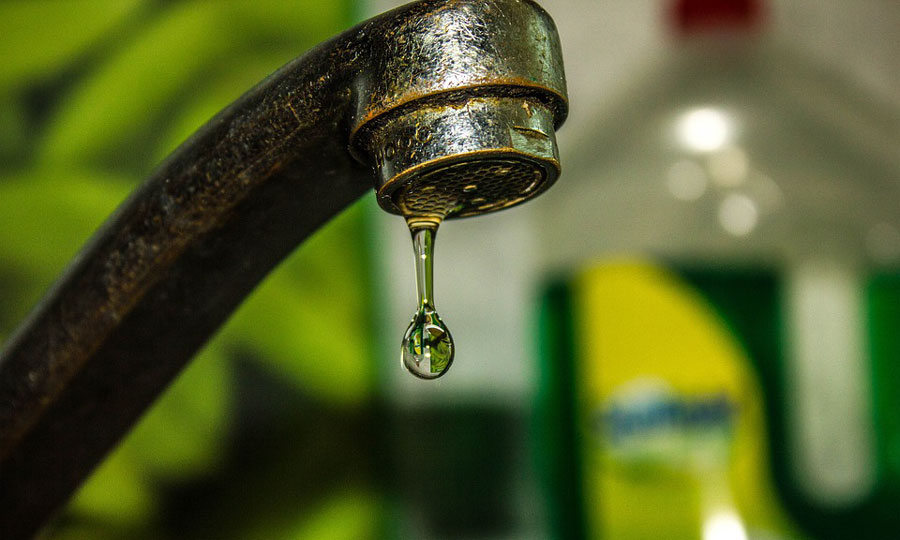Tests Show Toxic PFAS Contaminate Water

ALBANY, N.Y. — As the Trump administration rolls back vital clean water protections, new lab tests have found toxic fluorinated chemicals in almost every water sample from 44 locations in 31 states and the District of Columbia.
PFAS, used in the hundreds of everyday products, are called “forever chemicals” because they build up in our bodies and don’t break down. Very small doses have been linked to cancer, immune and reproductive harm and other diseases.
Of the samples tested by the Environmental Working Group, only one had no detectable PFAS, and only two others had PFAS below levels that pose a health risk. But according to Scott Faber, Vice President for Government Affairs at Environmental Work Group, there are still no federal requirements to filter the chemicals from tap water or to clean up contaminated sites.
“These findings lend new urgency to efforts by state and federal officials to reduce ongoing PFAS releases into water supplies and to clean up legacy PFAS pollution,” Faber said.
Some of the highest concentrations were found in samples from major metropolitan areas. In 2014, PFAS contamination in Hoosick Falls, New York, drew national attention to the problem. PFAS has been detected in the water of almost 1,400 communities nationwide.
Robert Allen, mayor of Hoosick Falls, pointed out that it wasn’t addressed in his town’s water until 2016 when Gov. Andrew Cuomo declared it a hazardous substance.
“It gave the state legal authority and the resources of the state superfund program to investigate, implement filtration, and force the responsible parties to cover the costs,” Allen said.
He said levels of PFAS in the blood of Hoosick Falls residents has dropped by about 50% since filtration was started four years ago.
EWG tested water samples for 30 different PFAS compounds, five-times more than an EPA study in 2014-2015. Ken Cook, president of EWG, noted that on average, their testing found six or seven different PFAS chemicals in the samples they tested.
“Because we found some types of PFAS that have not been found in drinking water before, we know that this contamination problem is not only affecting more people, but has a wider range of contaminants that we need to be worried about,” Cook said.
A bill to address PFAS contamination recently passed in the U.S. House of Representatives, but President Trump has threatened to veto it if it gets to his desk.



Comments are closed.